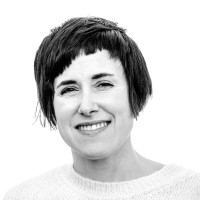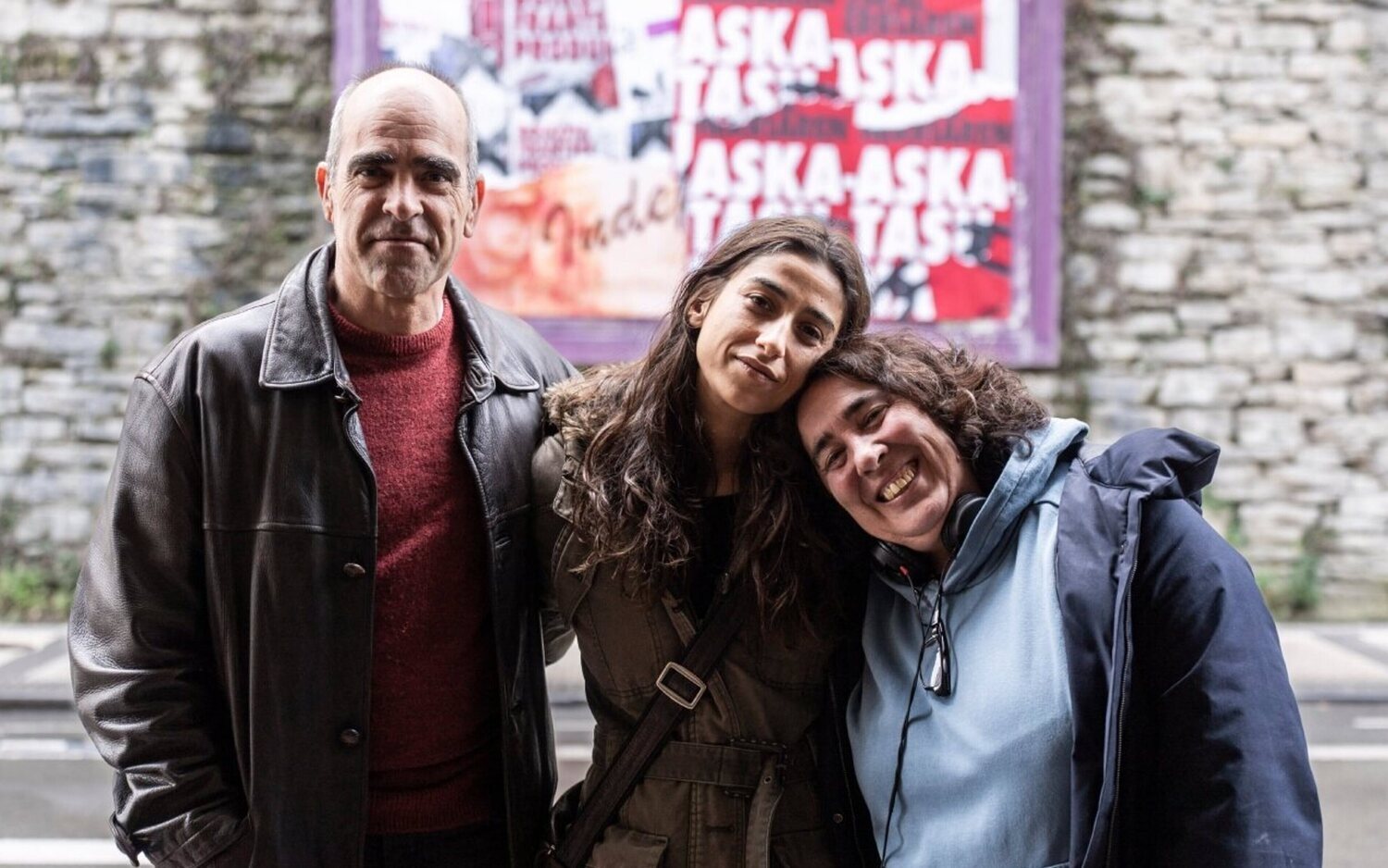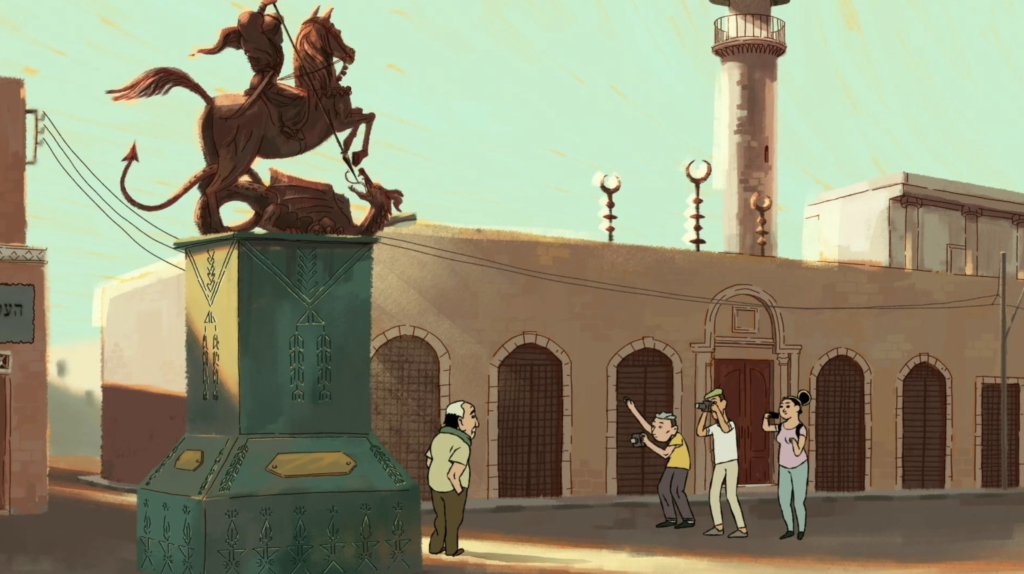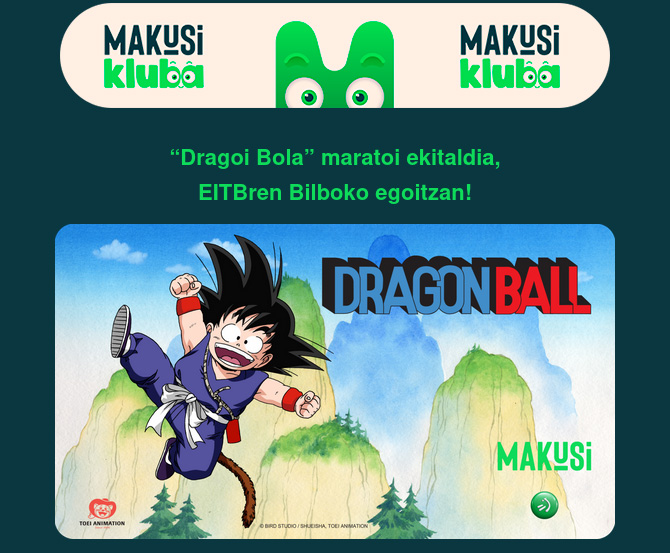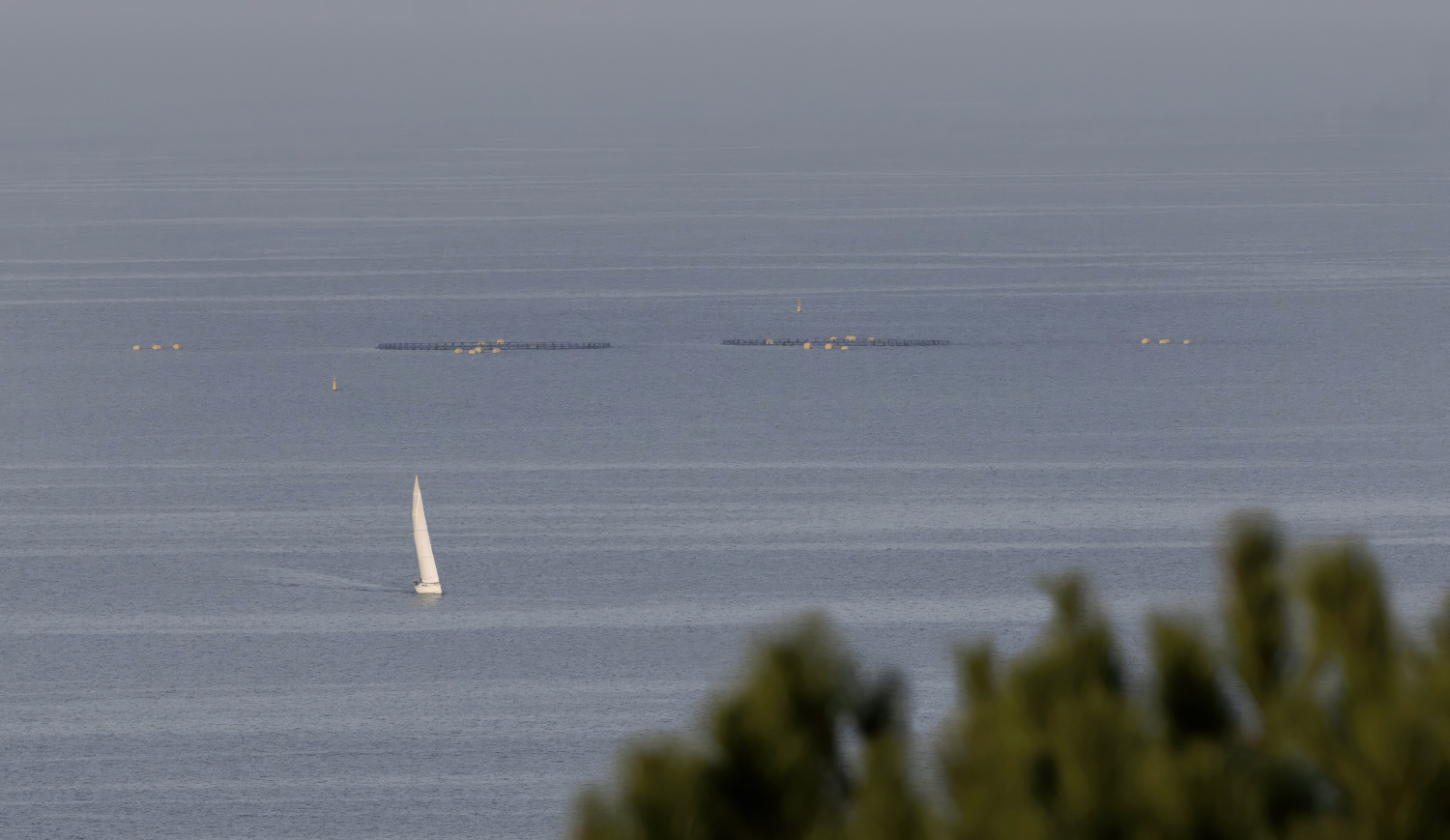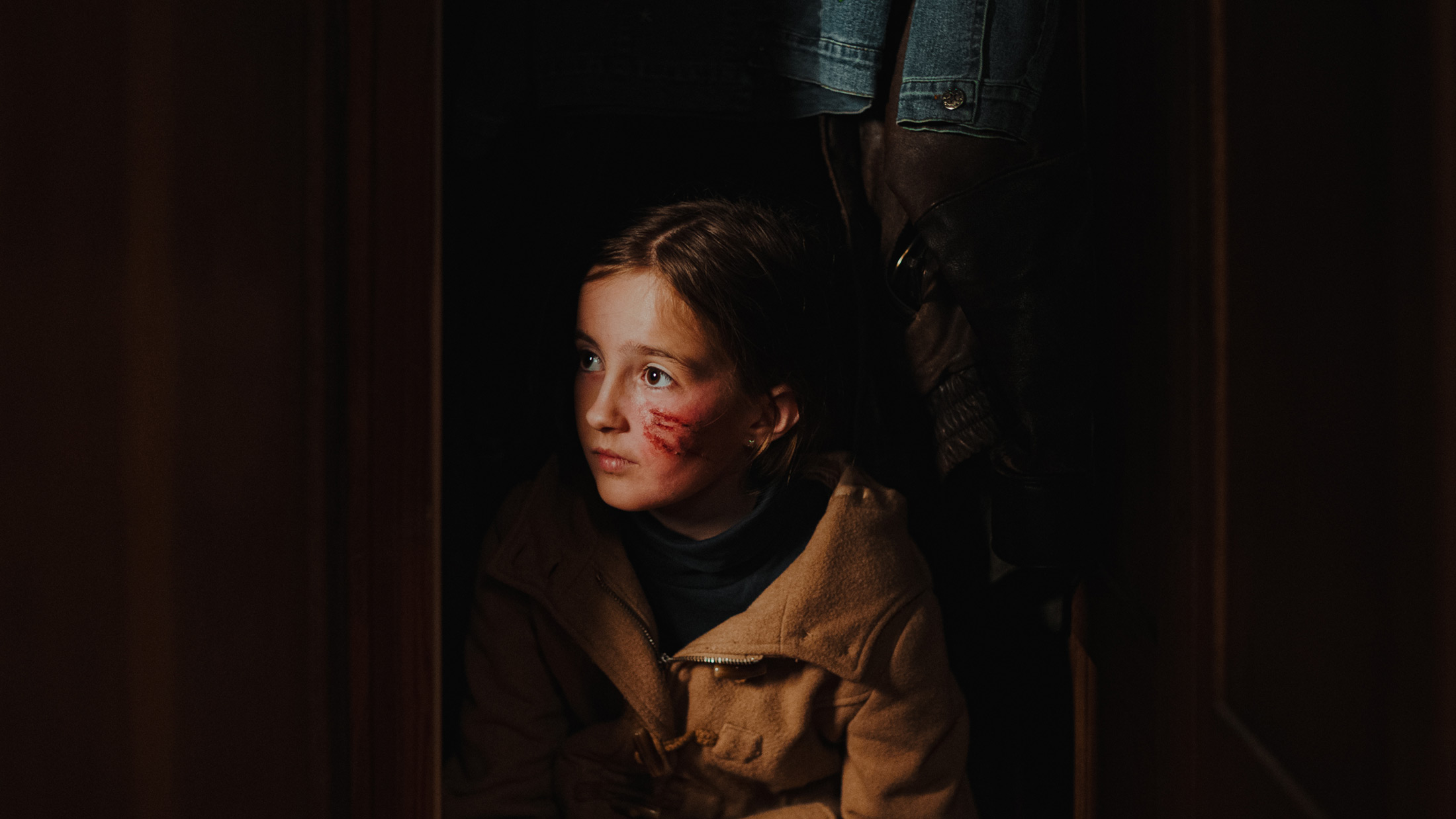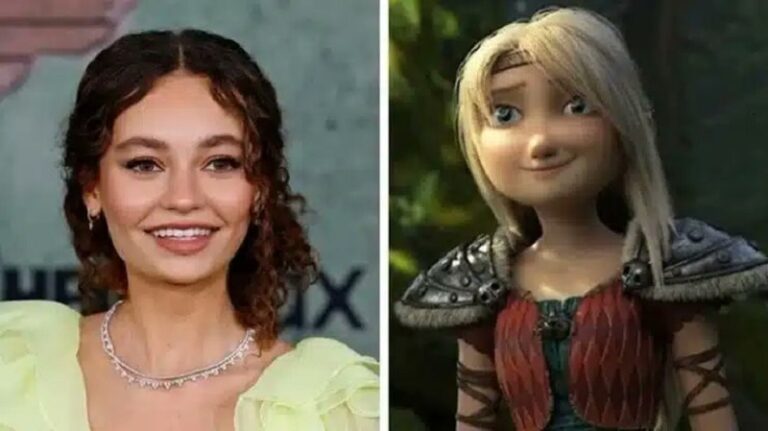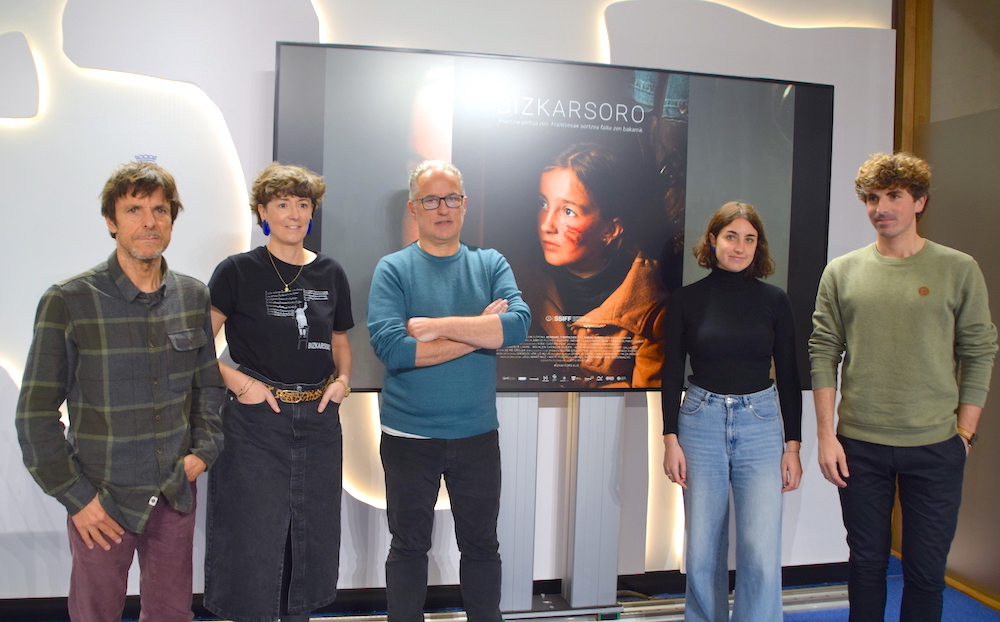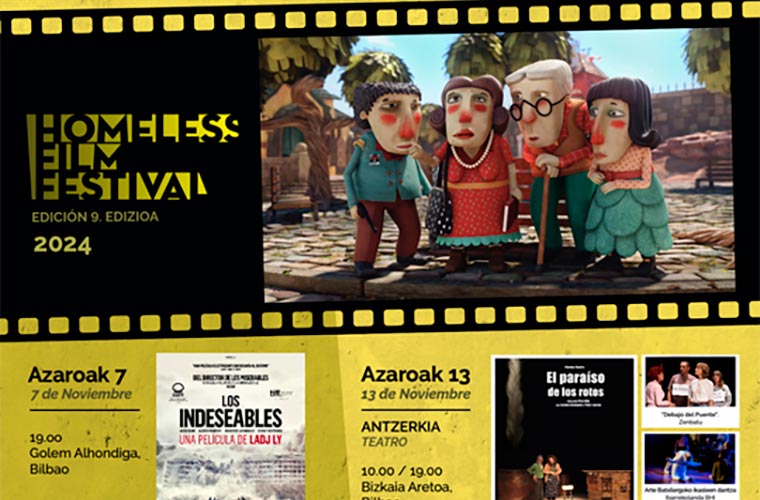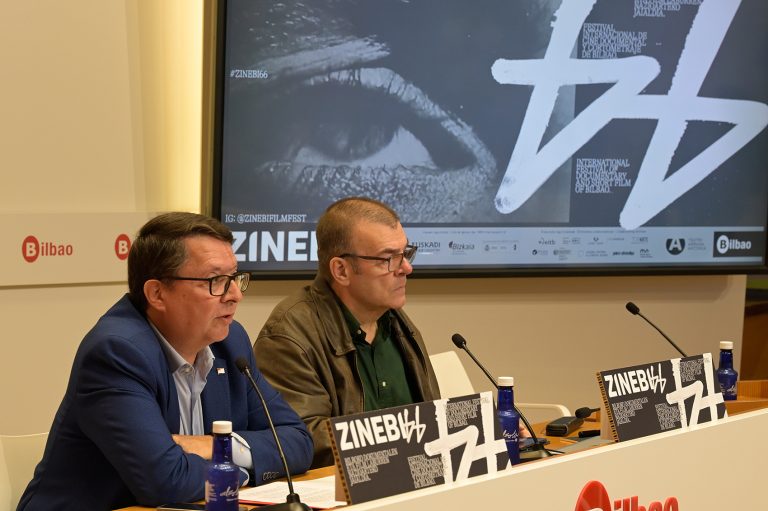“You can control what you can control and the other is chaos.”
- In the studies he started from the sciences, but then he liked the letters, and then he discovered that you can combine the two. In documentary production, for example, in film. Learn, learn and create. It tells us from the inside how creative processes fade, how it's doing among female filmmakers, and how sexual competition lives.
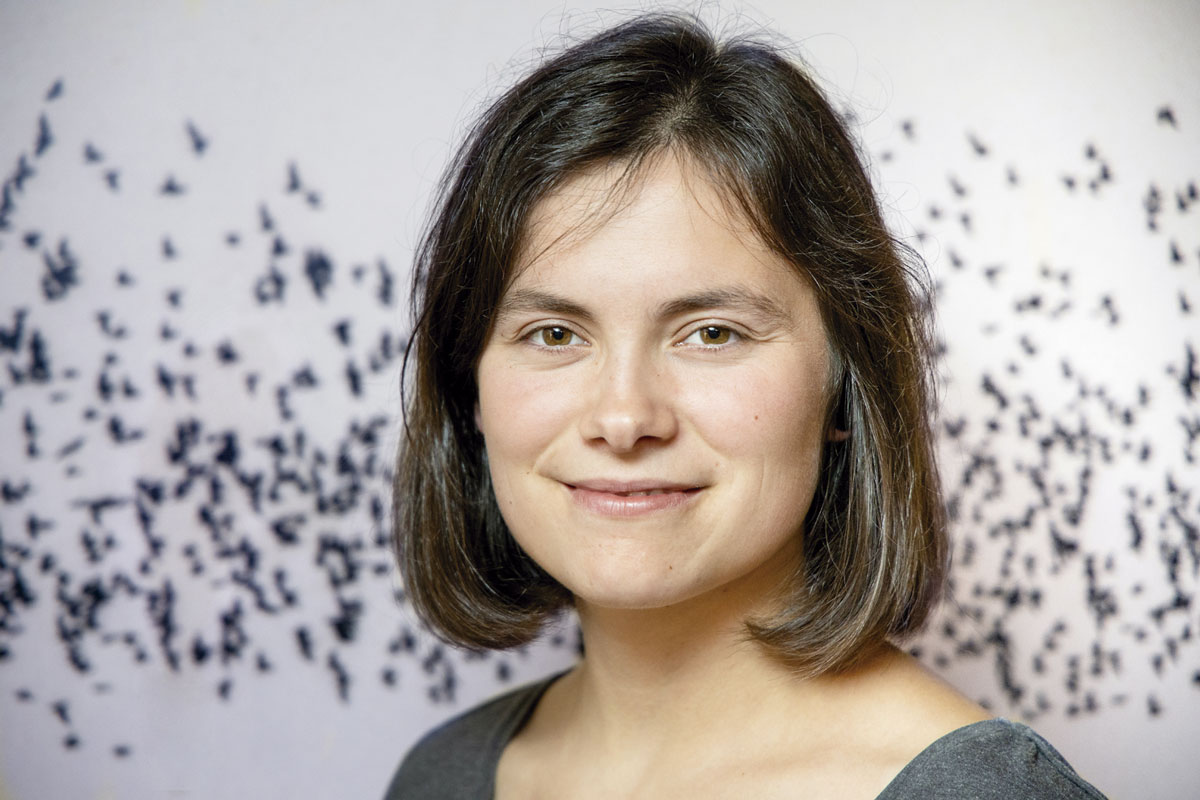
Zinemagilea da, besteak beste. Arte Ederretan graduatu zen, eta zinema dokumentaleko masterra bukatu berri du, Buenos Airesen. Bi film labur ditu plazaratuak: Amets(ak) eta Amerikarra(k) (2017) eta Medvedek (2019), eta beste proiektu batzuk bidean. Zinema kritikak idazten ditu aldizkari honetan bertan, baina oraingoan pantailaren beste aldera pasarazi dugu.
When does your passion for film and documentary production arise?
I studied Fine Arts in Bilbao, but I also made my Erasmus stay in Mexico and there I started thinking about documentary production. I have not always known that I wanted to devote myself to that. Not even in the movies. Until high school, I liked everything and I went to science, of course. But in high school, I decided no, I wanted to go to art. I didn't know what, but I knew that was my field. Now I think that maybe the two worlds are not so separate, but at the time I lived from a denial ... And I went live from high school to fine arts. It is a very broad field in which you try different artistic disciplines in compulsory subjects; sculpture, image, painting… In my stay in Mexico I began to approach audiovisual subjects more. I bought a camcorder and realized I liked that tool to tell something.
Why the video and not the sculpture or the painting?In the video
there was something that was not quite a reality, but that was mixed with reality. In a Mexican painting class, I saw it very clear. Here I've always worked in militancy, in Mexico I was also in social movements, and there was the Ayotzinapa massacre. Police and military kidnapped 43 students, killed nine people and there was a great clash. There was a great movement in Mexican universities, where gigantic assemblies were held. I couldn't attend an assembly because I had a painting class at the same time. I heard from the window how the members of the assembly were talking, and I was there painting the margaritas. It didn't make sense of what I was doing.
That's why video creation was right for me. At that moment, it seemed to me that one way was to be in reality, to record from there and create from there, to connect what lived in social movements and what did in art. Until then, I felt that my two areas of life were pretty disconnected, that I liked a lot, but that they weren't compatible. And that gave me the way to talk about the world, from art, in a non-rigid way, through a fairly abstract language, but maintaining a direct relationship with reality.

"The media continuously presents female films as intimists and specials, while male films are presented in the great discourse."
And how did he make his first short film?Before coming
back from Mexico, I made a trip with a friend to the United States. As we crossed the border, the migration agent asked us if we were gypsies. It was a great surprise! We had been in Mexico for a year now, white men of first order, who suddenly questioned all of our privileges. Our Spanish passport in hand left us in a state of shock when it came to answering. That's what made us want to start doing the interviews. We interviewed non-heterosexual white men. And we asked them about America, about freedom, about the American dream ...
That project was there. When I returned to Euskal Herria, I was a year dropping out of the career to attend visual anthropology classes, as a listener. That gave me a lot to think about. And when I started graduate work, I recovered that recorded material in the United States. And that shame! I realized that what we were looking for in those interviews was to be told what we wanted to receive. The questions were very directed, and if the first did not go well, we tried otherwise ...
What was really interesting in these recordings was the power relationship between the interviewees and us. You couldn't set up these conversations without our voice coming up. It had to make us see how we were channeling through questions, what we were talking about while we were cheating the image. There was an interviewee, for example, black and blind. And we said, "Let's see, look further to the left -- there, look at the camera." And the first question was: “What is it to be blind and black?” And she said that before she was a person, she didn’t want to be named through these categories from the very beginning. There's the essence. With them I assembled the Ametsa(s) and the American, which was the first documentary or the ethnographic audiovisual. It was a way of looking in the mirror.
And the second short?
In part, yes. Until we finished the degree we came to live in the Urumea valley and occupied a farmhouse on Ereñotzu Street. When we came to live in the field, some reflections arose that had not existed until then. This affected us more than I thought. There is a strong tendency to idealize the rural environment from the city, and reality is something else. Most of all, I saw the contrast with the idea of control. In the city they try to control everything and things become more rigid, while in the rural environment that control is not possible. You don't get there. You try at first, and what you want is that the house is perfectly clean, and that the orchard is perfectly clean, and it's impossible. That is more likely to succeed! This flexibility. The lack of rigidity. Control will always fail at some point and chaos will not. And all of this I've been understanding myself living here.
On the other hand, in this valley the population is changing: there are adults who have lived all their lives here, people who came after, summer tourists... The process of transformation has also been quite rapid, and in my relationship with the people here I was constantly leading the difference between past and present times. I still have that in my head. The fact is that at that time the possibility of making a short film through a subsidy from the Government of Navarra was created. Medved introduced the project and advanced.
What was the initial project and how does it become concrete?
The idea was actually very abstract. I received the subsidy on condition of filming at Isaba and the only one knew I wanted to join the Obabakoak play. Imagine. With the previous project, I realized that it was important for me to find a way to stand when you take the camera and start talking about something else. Find out what is the relationship that this thing has with you. Whether or not it appears in the film
That works for me. The truth is that as a child we arrived at Isaba on the mountain with our relatives, and then the film Obaba de Montxo Armendariz was being recorded. And I told my mother that I wanted to show up in that movie. And that my mother didn't, that we lived too far. Then I read Obabakoak by Bernardo Atxaga and in my head the landscapes of the book and of Isaba were mixed. And in that script, I mixed the topics in my head that were related to the rural world with the characters in the book Obabakoak.
They accepted the proposal, but I had to make sense of that proposal on paper, and I started going to it. Take the car, park in the plaza and there I. Am I going to the right or the left? What do I do here? What do I look for? In those moments you have an idea and that is the only thread that unites you, you have to create new links by pulling it out. Maybe you stop that thread and keep the new ones, or not, all the threads around the first...
And what happened when I threw the thread?
That thread led me to reflect on the relationship between human animals. When I got to the town, I had realized the word to the word. Two Slovenian bears were about to enter the Pyrenees for the species to flourish and nothing else was talked about there. I realized I had to deal with it, yes or yes. So I related this issue to a story from the book Obabakoak, the explanation of the letter found in the house of pastor Camilo Lizardi. A child disappears and a white boar appears in the village. Hunters kill the wild boar and the child does not appear... And it seemed like a good way to talk about the bear. Because what was spoken about in the village was not known what was true and what a lie, many myths emerged, a lot of ghosts…
My conflict was what I, as a stranger, had to say to him about it. I could not ignore the issue, but at the same time I was a citizen talking about the controversy about the bear of the Pyrenees. And it seemed to me that my personal bond brought me there, and that from that point of departure I can rescue a magical way of telling reality and that it gave me a legitimacy to tell that story precisely in my voice. It did not make sense for an opinion to be given that I would break that controversy. Therefore, I thought about making a story more abstract and chaotic, and therefore more likely to succeed [laughs]. You can still control what you can control and let the other one fall. And if it's going to have an effect on one side or the other, well. Impact better than not provoking anything.
And after Medved, he held a documentary film master at the Buenos Aires film school. I've heard that I needed film isolation... Looks
very hedonistic, and I wish I hadn't, but I felt it... On the one hand, when I did Medved, I realized I was missing tools. Cinematographic tools. Technicians and others. And on the other hand, when we came from Donostia to Ereñozu, I gained time for creation. Being here gave me more room to develop some aspirations. We had an old projector, and I was watching movies on my own for a year. And I came up with a desire for film to be as interested as I am in being with people, talking, learning. Here I had a very strong network, but it wasn't the movies of the world. So I went to Argentina to do a two-year master's degree. I could go to Barcelona, but I was too close. I couldn't disconnect from here, knowing I'm so few hours. And I wanted to allow myself the opportunity for film to have a central place. I knew it wasn't forever, but I wanted it to be for a while.
"Each will have its own internal struggles when the subsidy that has not been awarded to another, but we are glad of its achievements and it is not a little bit"
And that's where the Letter was born to a cat, the short one you've just finished. At school,
we had a documentary creation subject, and it was very interesting. What I had done until then was record, watch and assemble what had to be recorded. But as we recorded in that lesson, we taught my fellow students images, we told them week by week, and I learned a lot. Creation became not a solitary process. And paradoxically, in that context, my most intimate project emerged until then. This film shows a friend of mine, a member of my junior crew, who had gone to Argentina before me. When we got together there, it was in a moment of transition. The transition started without us being together, so when we got together there, we told ourselves where we were. I was immersed in the world of film, and he was in the process of transition, and so I started recording that process. I knew again that it wasn't my topic and that I was going to have to find my place. And the link was our relationship. Whether things changed between us or not, how it affected us that day we lived, as it happened. The process required working consensus, defining the limits, negotiating, working the relationship, in short. The documentary itself influenced the relationship with Bernarda. And we've both had a very nice memory left.
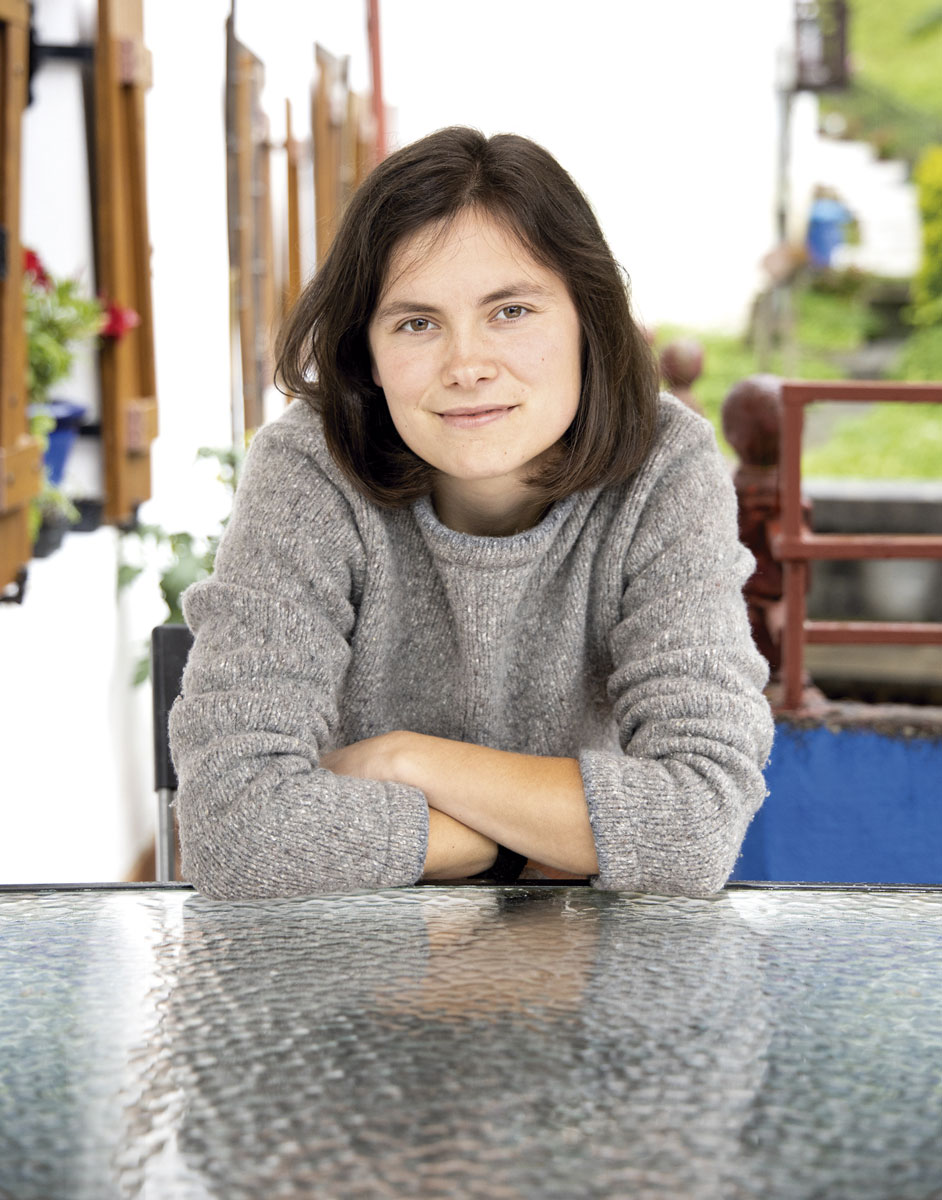
Back to Euskal Herria, she's still making movies. Grants, prizes, projects, resolutions… Have you found a supra-competitive network? As
in many places, here too we are in continuous competition, with other directors or with other projects. Cooperation would yield much better results, but the issue is that. You have to constantly adapt your project to submit it to this call or to it. But at the same time, there's a pretty network among female managers. We know where we've all come to where we are. There is a certain understanding and mutual assistance. I learned a lot from industry, from production, from the festival system in Argentina, but here things work differently and companions are needed to adapt. And managerial women are my support. Maddi Barber, Arantza Santesteban, Marina Lameiro, Irati Gorostidi, Lur Olaizola... all are referents and members. Maddi made the production in Medvedek and I gave him production aid for him in Urpean Tierra, for example... We know that we are in a context of inevitable competition, but we have also managed to create spaces for cooperation. Each of us will have its own internal struggles when the subsidy that has not been given to another, but we are glad of its achievements and it is no small matter. In this respect, however, more needs to be done.
Speaking of so many female names, it seems to me that there are many female filmmakers in the Basque Country. Is that so or are they special effects?
As in fine arts, film studios are mostly women, but in films at festivals they don't. There's a huge gap. And also between documentaries or fictional areas. A documentary can be done many times with fewer resources, with the elements at your fingertips, devoting much more time and with a much smaller team. So, in contrast to that smallness and monumentality, there's also the gender gap. It's also critical. The media continuously presents female films as intimists and specials, while the male films are presented grouped in the great discourse and the themes they deal with are straight themes, real social issues... The same applies to short films and feature films. It's always. It is not enough to change the cinema. Society also has to change its gaze. It's a crazy wheel.
But there's one interesting thing that's happening: the boundaries between fiction and documentary are blurring a lot, and a lot of people that we've started in the documentary are looking at fiction in search of new, uncomplicated tools. If one gives you the index of reality and the other the point of magic, what does it say you can't get confused?
* * * * * * * * * * *
TEAMWORK IS INEVITABLE
A political feature of film is that you're forced to work as a team. You have to learn to delegate, to delegate. At the faculty they guide you to carry out only the projects, starting and ending. And that's impossible. In the case of film, it is divided by guilds. And yes, when you're a director, you have a kind of bird's gaze. But a more skilled person you bring to the project, and it's clear that the two looks see more than one. You have the opportunity to learn from him.
In Medvedek, the shooting took place in two phases. I was only in the transhumance and the rest in the team. I wanted to focus on the relationship with the locals, and Peru Galbet, who filmed much better than me, took the camera in the second phase. The project called for this. In the cat's, my eyes had to be behind the camera, yes or yes. It didn't make sense to introduce a team of five people into our house. This means that the image will not be perfect or, at least, fully controlled, but it will be something else that brings value to the project.
A conference for architects has just been held in Madrid to discuss the crisis of the professional architect. They have distinguished the traditional and contemporary way of being an architect. What is traditional? From the epic architect who appears in The Brutalist, where... [+]
Itoiz, udako sesioak filma estreinatu dute zinema aretoetan. Juan Carlos Perez taldekidearen hitz eta doinuak biltzen ditu Larraitz Zuazo, Zuri Goikoetxea eta Ainhoa Andrakaren filmak. Haiekin mintzatu gara Metropoli Foralean.











